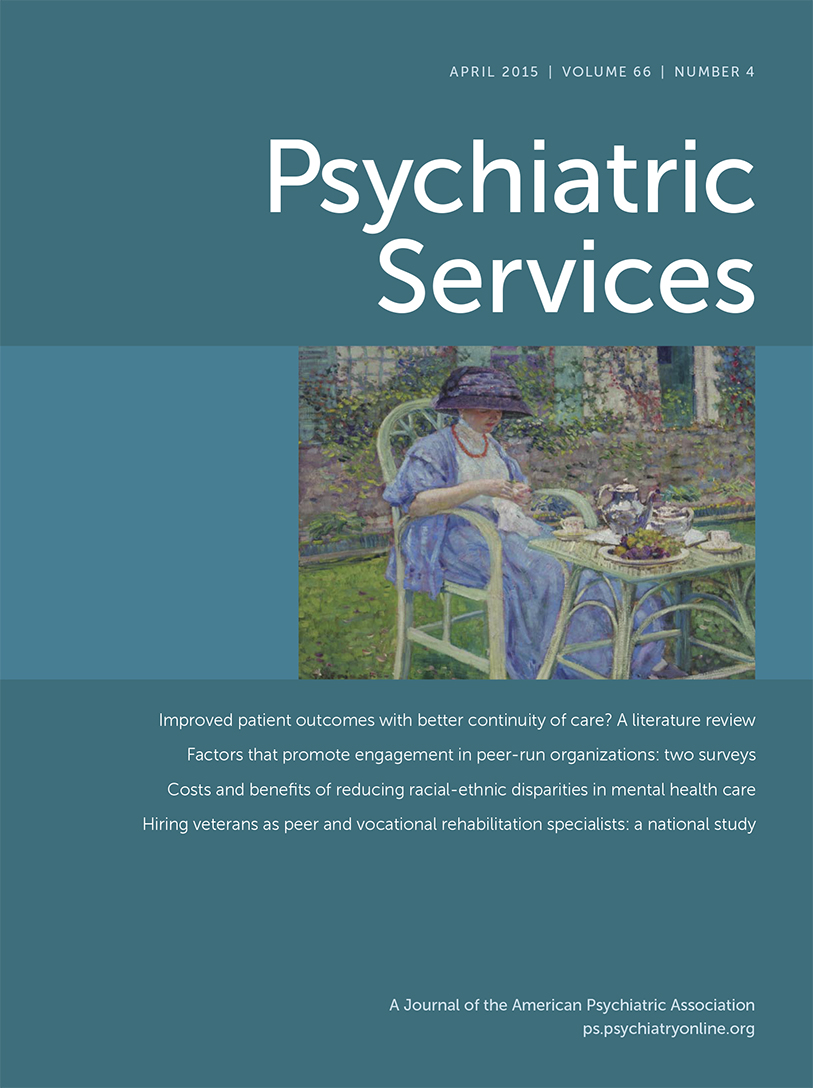Increase in Untreated Cases of Psychiatric Disorders During the Transition to Adulthood
Abstract
Objective:
During the transition to adulthood, youths face challenges that may limit their likelihood of obtaining services for psychiatric problems. The goal of this analysis was to estimate changes in rates of service use and untreated psychiatric disorders during the transition from adolescence to adulthood.
Methods:
In a prospective, population-based study, participants were assessed up to four times in adolescence (ages 13–16; 3,983 observations of 1,297 participants, 1993–2000) and three times in young adulthood (ages 19, 21, and 24–26; 3,215 observations of 1,273 participants, 1999–2010). Structured diagnostic interviews were used to assess service need (participants meeting DSM-IV diagnostic criteria for a psychiatric disorder) and use of behavioral services in 21 service settings in the past three months.
Results:
During young adulthood, 28.9% of cases of psychiatric disorders were associated with some treatment, compared with a rate of 50.9% for the same participants during adolescence. This decrease included a near-complete drop in use of educational and vocational services as well as declines in use of specialty behavioral services. Young adults most frequently accessed services in specialty behavioral or general medical settings. Males, African Americans, participants with substance dependence, and participants living independently were least likely to get treatment. For cases of psychiatric disorders among young adults, insurance and poverty status were unrelated to likelihood of service use.
Conclusions:
Young adults were much less likely to receive treatment for psychiatric problems than they were as adolescents. Public policy must address gaps in service use during the transition to adulthood.



